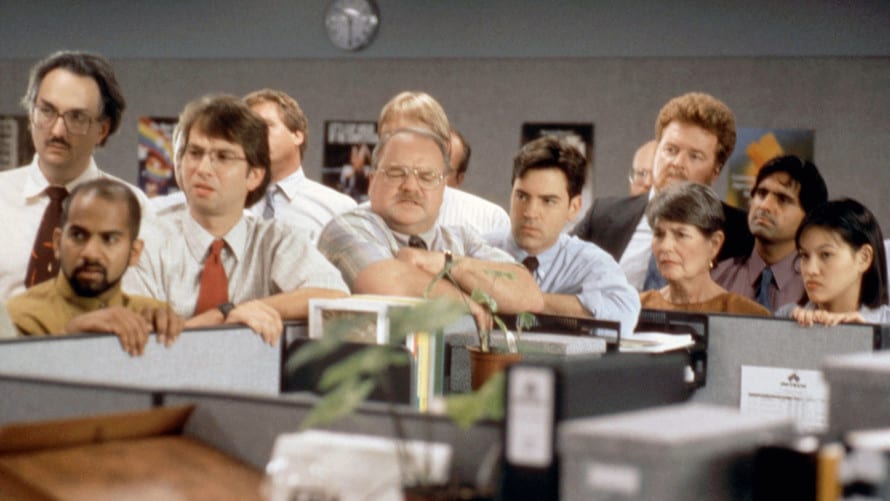
In order to get a good estimate of your retirement expenses, you first need to think about what kind of lifestyle you plan to have in retirement. Ask yourself questions like:
- Where do I plan to live in retirement?
- What do I want to do with my free time?
- Am I planning any big-ticket purchases or travel?
Use your answers to those questions to get an estimate of how much you might spend per year. You can also use your current annual expenses as a baseline, but don’t forget to adjust each spending category based on how you expect it to change between now and retirement. For example, you may spend less on groceries in retirement, because your children will have moved out by then, but you’re likely to spend more on healthcare.
You also have to consider your life expectancy. It’s a good idea to plan to live until at least 90 unless you have a good reason to think you won’t live that long. Underestimating your life expectancy could lead to a dangerous financial shortfall.
You can use a retirement calculator to help you estimate how much your total expenses will be in retirement. You’ll have to plan for inflation — a 3% annual inflation rate is pretty standard in retirement calculations. And as for your investment rate of return, 5% or 6% is a safe bet. Your money may grow more quickly, but this way, your plans won’t be thrown completely off track if there’s a recession.
Once you know roughly how much your retirement will cost, you can subtract money you expect from Social Security, a 401(k) match, or a pension to figure out how much you must save on your own.
Ideally, you end up with a feasible monthly savings goal. But if you aren’t able to save as much as you’d like to, you may have to push back your retirement date to give yourself more time to save.
2. Claim your full 401(k) match
Your 401(k) match is essentially a bonus your employer gives you for putting money into your 401(k). If you skip 401(k) contributions this year, you’re leaving that money on the table. Sometimes it might not be financially feasible to claim your match if you need all your income to pay your bills. But if you’re able to, getting your full 401(k) match should be your top priority.
Check with your company’s HR department if you’re unsure how its matching formula works. Some companies do a dollar-for-dollar match, where your employer puts in a dollar for every dollar you contribute, up to a certain percentage of your income. Others do a $0.50-on-the-dollar match, where your company only gives you $0.50 for every dollar you put in.
You should also ask about the vesting schedule if you plan to leave the company in the near future. This determines how much, if any, of your employer-matched funds you get to keep when you quit. You’ll want to stay until you’re fully vested whenever possible so you don’t lose your match.
3. Decide on a safe withdrawal strategy
The old rule of thumb for retirement withdrawals said to withdraw 4% of your savings the first year of retirement and adjust this amount for inflation every year thereafter. But this 4% rule is falling out of favor, because there’s a chance it could lead to a savings shortfall. It also doesn’t allow for a lot of spending in the early years of your retirement, when many seniors like to be active.
Some people opt to withdraw only 3% of their savings in the first year of retirement, while others come up with a custom withdrawal strategy tailored to their spending habits. It’s up to you to decide what works best for you, but you should figure this out before you retire so you don’t drain your savings too quickly.
Taking the above steps can set you on the path toward a comfortable retirement, but doing them once isn’t enough. You should claim your 401(k) match every year that you can, and review your retirement plan and withdrawal strategy at least once per year. It’s normal for your retirement goals to change a little over time, and altering your retirement plan accordingly is key to maintaining your financial security.























